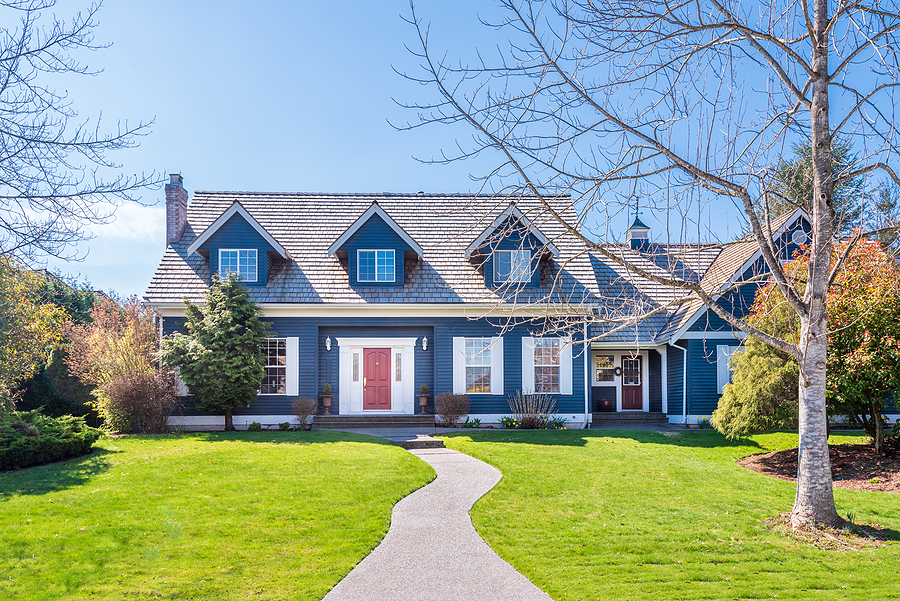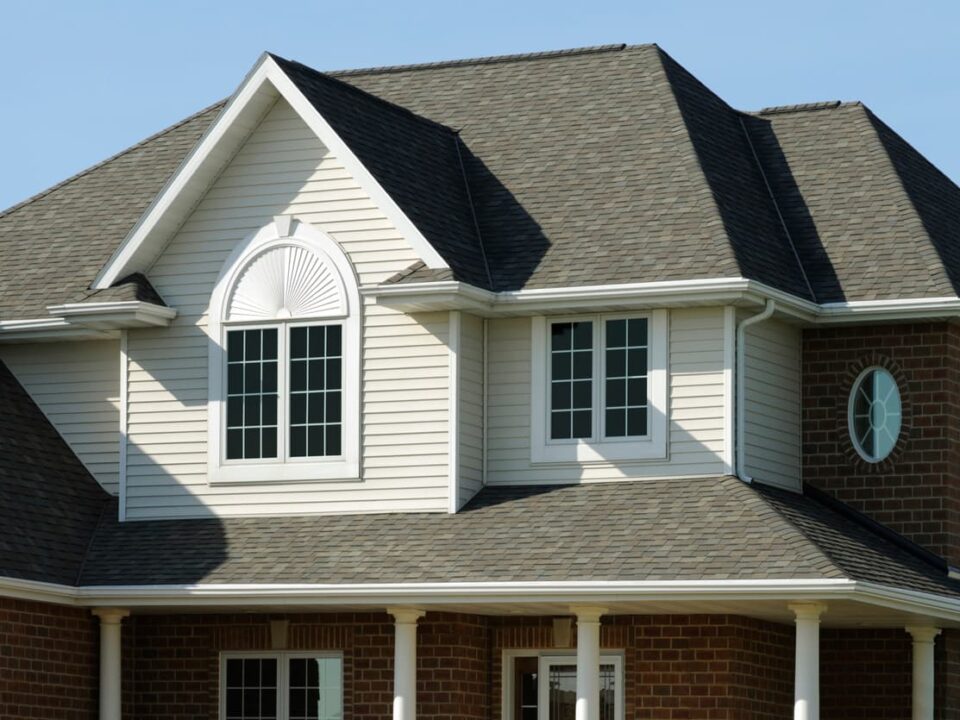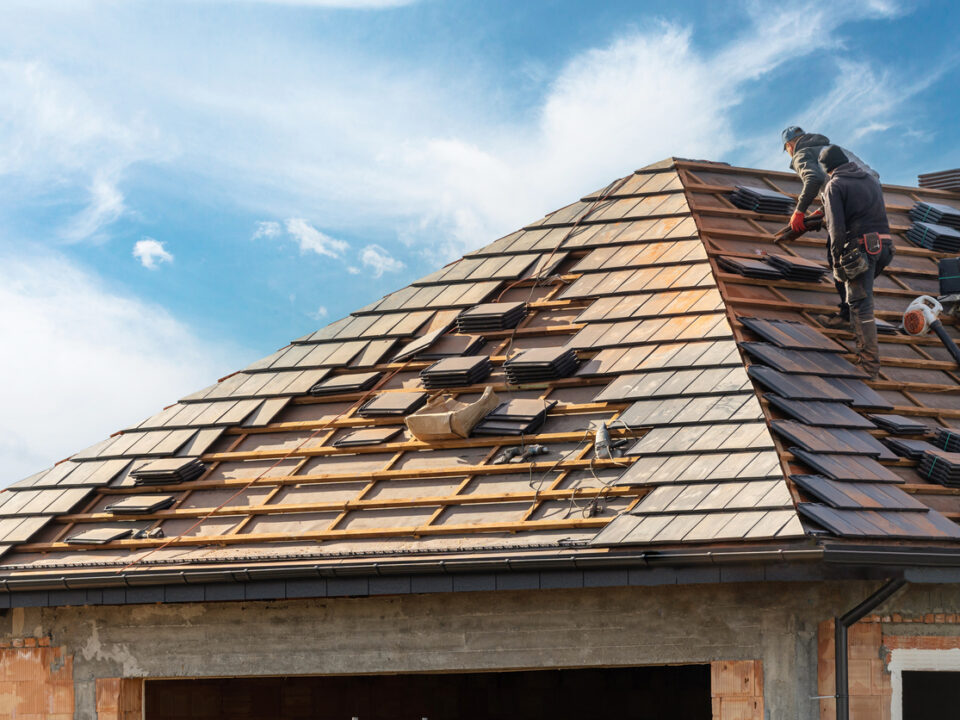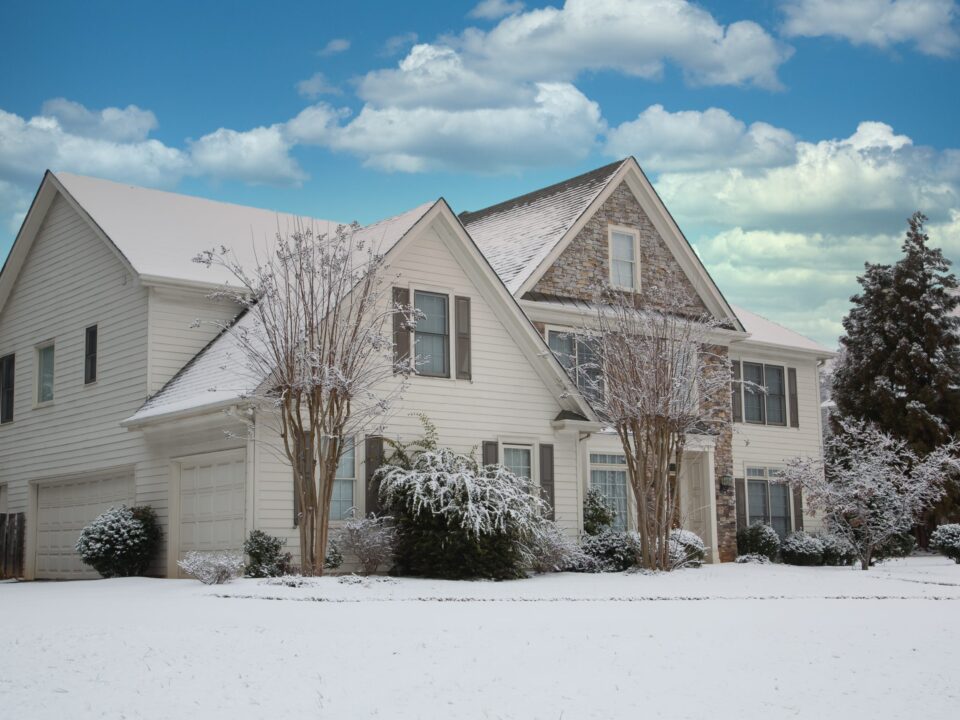
The Ultimate Guide to Selecting a New Front Door
July 28, 2021
A New Front Door Can Instantly Transform Your Curb Appeal
July 30, 2021Most attics and roofs are vented, but unfortunately, most homes also don’t provide enough attic ventilation which can lead to higher energy costs and a shorter lifespan for your roof. Proper ventilation is one of the key components to your roof, so if it’s not functioning as it should, it may be time for a new roof.

How Does Attic Ventilation Work?
Effective ventilation helps keep the air flowing throughout your attic. Ventilation works by allowing the outside air to flow in and out of your attic, removing any excess heat and moisture from staying stagnant in your attic. Air is pulled in from the soffits, eaves, and exhausts through the roof via the roof vent creating the proper balance of airflow in and out of your attic. This process plays a vital role in the ability to keep your home a comfortable temperature.
How Much Attic Ventilation is Needed?
Since most roofs are lacking adequate ventilation, many homeowners are unaware of how much attic ventilation they need or what type to purchase. The FHA recommends you have one square foot of attic exhaust, which includes both the intake and exhaust, per every 300 square feet of attic space.
Why is Proper Roof Ventilation Important?
Proper ventilation in your attic solves many serious issues, including excess heat and moisture that can wreak havoc to unsuspecting homeowners. Heat and moisture buildup in the attic causes problems in both hot and cold seasons and climates.
During the hot summer months when the intense UV rays are beating down on your roof, the temperature in your attic can soar, and become a sweltering inferno. Exposure to excessive heat may warp the roof sheathing which can shorten the lifespan of your roof shingles resulting in the need to purchase a new roof. If the attic floor isn’t properly insulated, the heat can transfer into the main living spaces of your home making it difficult and costly to keep your living space comfortable.
In places where winter temperatures drop below freezing, warm air escaping into the attic from the heated living spaces below rises to the underside of the roof deck. As the roof deck heats up, the bottom layer of accumulated snow on the rooftop begins to melt, causing water to run down the roof. When runoff reaches the outer edge, it freezes into ice. When this happens repeatedly, ice dams form along the eaves, blocking the escape of any runoff. When water has no place to go, it causes a backup to form underneath the shingles.
Humidity that is generated from your living spaces or the outdoors condenses into a liquid when it meets colder surfaces. Over time, the moisture leads to deterioration of the roof and structural elements and may also ruin the attic insulation. In a warm attic, moisture allows harmful mold and mildew to grow, adding more strain to the home’s overworked cooling system.
How to Spot the Signs of Improper Ventilation?
Improper ventilation leads to major problems. Look for these signs:
- Increase in energy bills
- Increase in HVAC repairs
- Structural damage
- Insulation damage
- Mold and mildew growth
- Ice buildup along the roof’s edge
How to Handle a Poorly Ventilated Roof?
Proper attic ventilation is key to ensuring that your roof is functioning effectively all year long. Not to mention, your family’s comfort depends on it. If you notice any signs of improper ventilation, it may be time for a new roof. Contact your local, trusted roofing experts at Armorvue Home Exteriors for any roofing related questions or needs.
Subscribe to ARMORVUE Home Exteriors’s Blog
Get ARMORVUE Window & Door’s latest articles straight to your inbox. Enter your name and email address below.




